In his capacity as the head of the Roman Catholic Church, Pope Francis exercised his right to declare the year of 2025 a Holy Year for Catholics.
Pope Francis also explained that the theme of the Holy Year will be “hope” and that he encourages people and nations, Catholic and non, all around the world to forgive debts, take better care of the environment and look toward the future with hope in their hearts.
The Holy Year Announcement
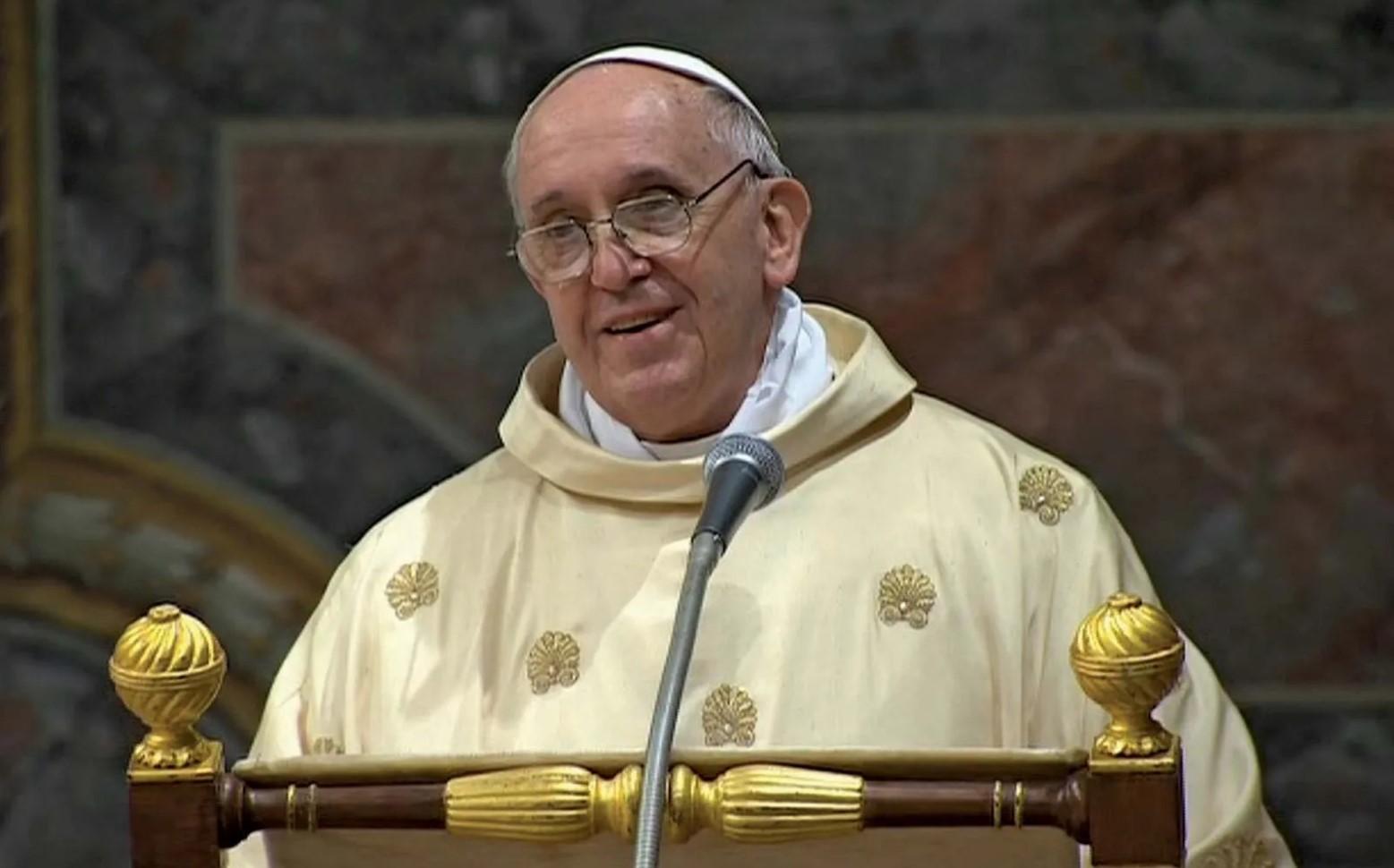
On May 9, 2024, Pope Francis spoke at the Feast of Ascension and made the important announcement that 2025 will be a Holy Year for Catholics everywhere.
The announcement was not a surprise to Catholics, as the Holy Year occurs every 25 years, and the last one, called the Great Jubilee by Pope John Paul II, was held in 2000. However, before the announcement, no one knew what the theme of the celebration would be.
A Message of Hope for All Christians
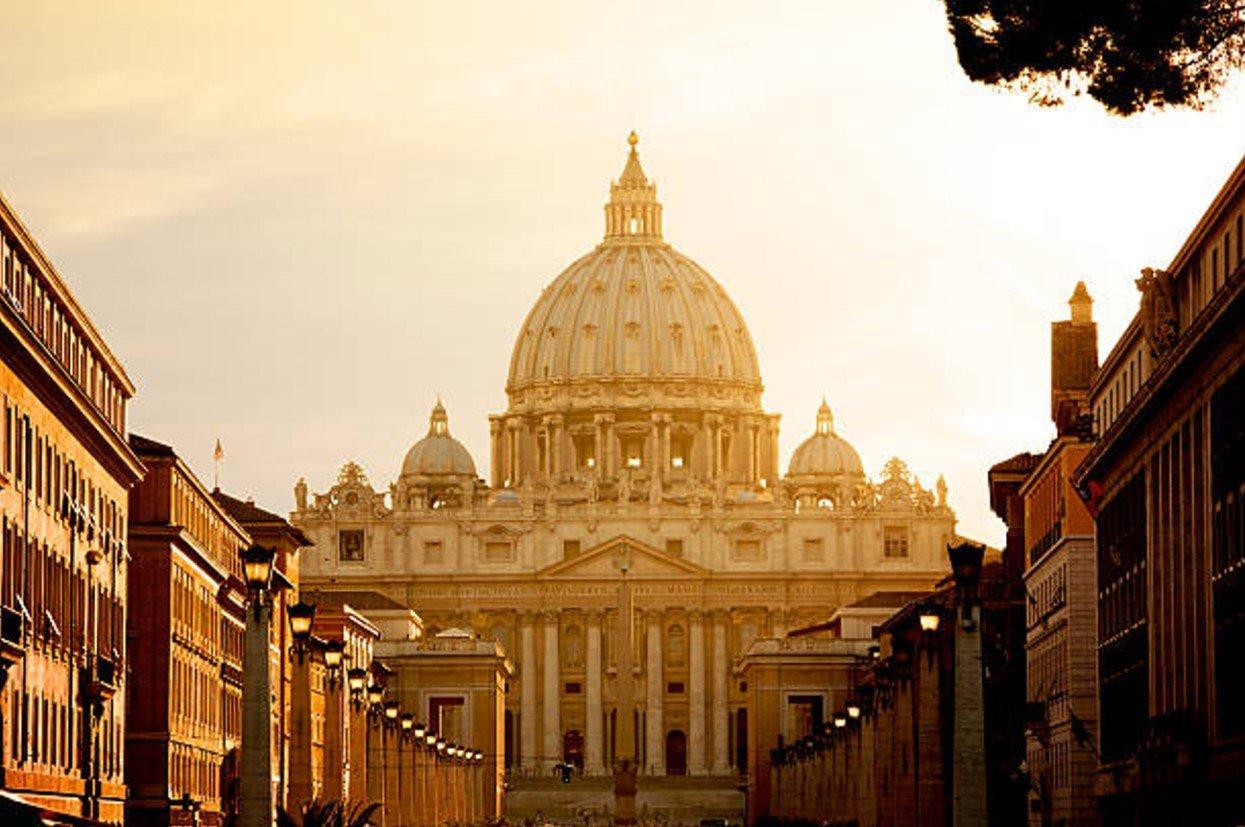
The Vatican released a statement on the same day as the Pope’s speech, outlining the details of the 2025 Holy Year.
The Catholic Review reported that “While the document focuses on the Catholic celebration of the holy year and what Catholics can do to celebrate it, Pope Francis also expressed hope for the participation of other Christian churches and communities in the celebration.”
The Pope Encourages Debt Forgiveness

Pope Francis explained that the theme for the year is “hope.” But more specifically, he called out wealthy nations around the world and encouraged them to forgive debts from underprivileged countries.
The Pope recommended that these affluent nations “acknowledge the gravity of so many of their past decisions and determine to forgive the debts of countries that will never be able to pay them.”
Humans Need to Do Better at Protecting God’s Creation
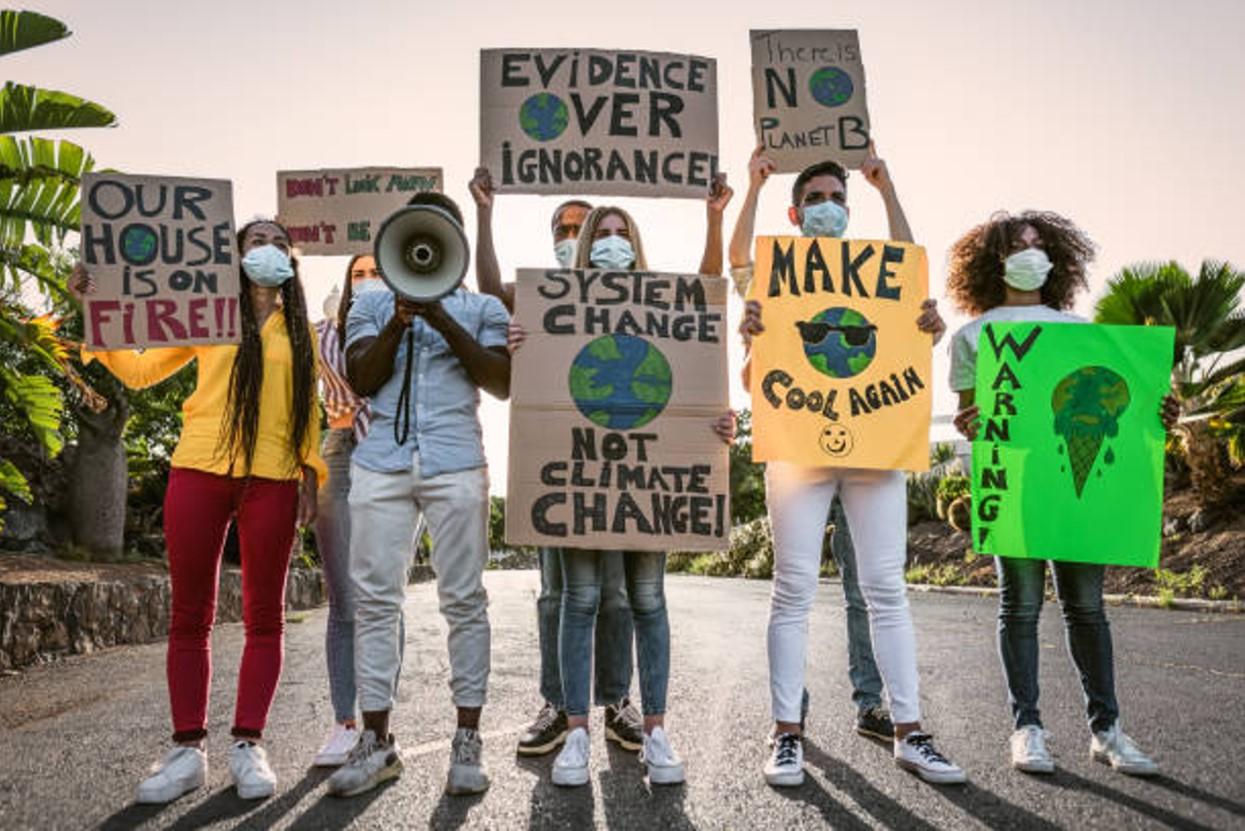
In addition to forgiving national debt, Pope Francis also noted that the Holy Year of Hope should draw the world’s attention to the increasingly troubling issue of climate change.
Pope Francis said that he wants everyone to pay special attention to the “ecological debt connected to commercial imbalances with effects on the environment and the disproportionate use of natural resources by certain countries over long periods of time.”
The History of the Catholic Holy Year

While one aspect of the Catholic Holy Year is for Catholics and Christians of all denominations to bring their attention to important global issues, there is also another feature: the great pilgrimage.
Since Pope Boniface VII ignited this now-ancient transition in 1300, Catholics have made a pilgrimage to the Italian city of Rome every 25 years, during which they visit the city’s four most important cathedrals, St. Peter’s, St. John Laferan, St. Paul Outside the Walls and St. Mary Major.
The Pope Opens the Door of St. Peter’s Basilica
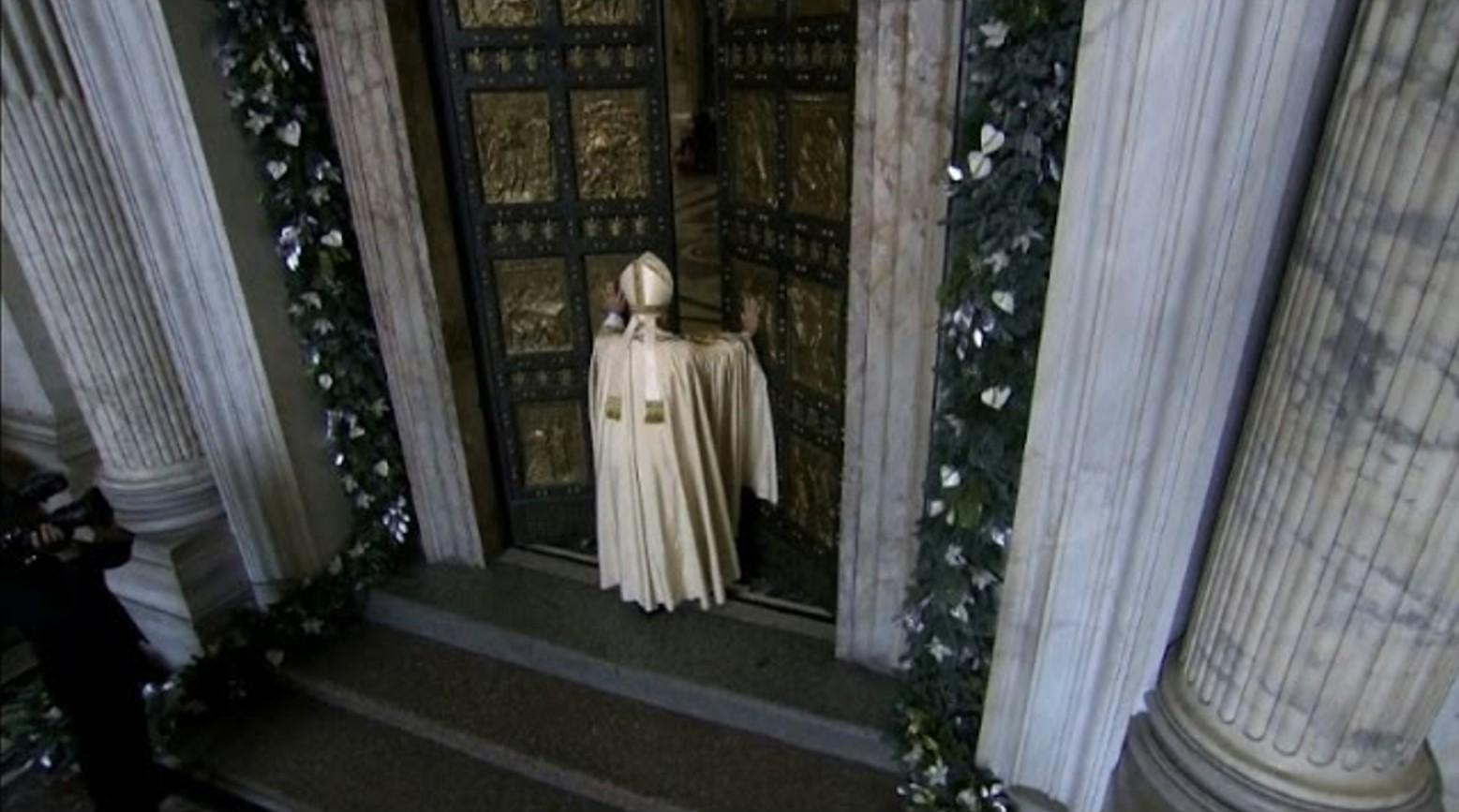
The Holy Year begins on Christmas Eve, December 24, 2024, when Pope Francis will ceremoniously open the great door of St. Peter’s Basilica.
It will then continue through January 6, 2026, the day of Epiphany in the Roman Catholic religion. Over the course of those 377 days, the devoted pilgrims will travel from all over the world to Rome to visit the four cathedrals.
Rome Expects Over 30 Million Catholic Pilgrims
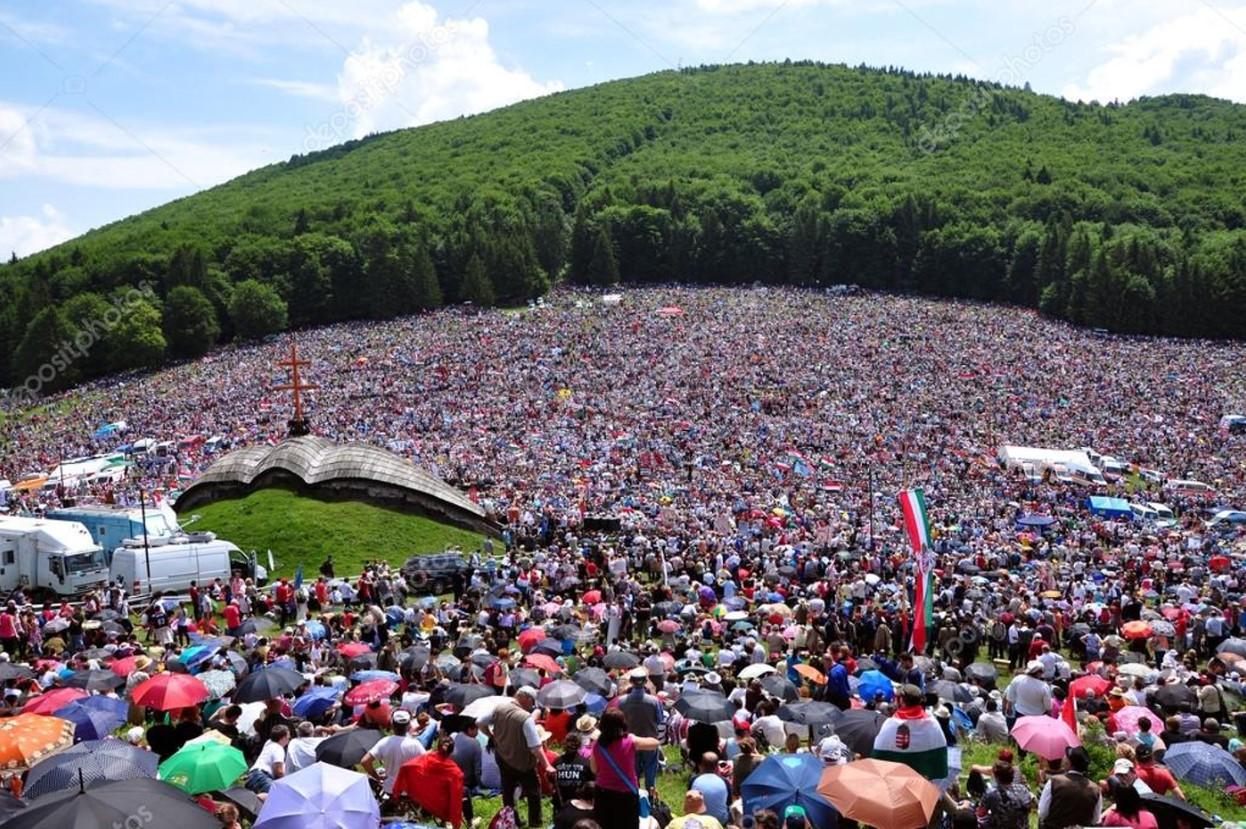
Rome welcomes around 20 million visitors every year, making it the fourth most visited city on the continent. And in 2000, an additional 25 million people made their way to the Eternal City specifically as a pilgrimage for the Holy Year.
Local officials in Rome are expecting anywhere between 30 and 32 million pilgrims next year. While some may have planned to visit Rome anyway, it’s likely that almost 50 million people will visit Rome in 2025.
Rome Will Have to Prepare for Such an Immense Event
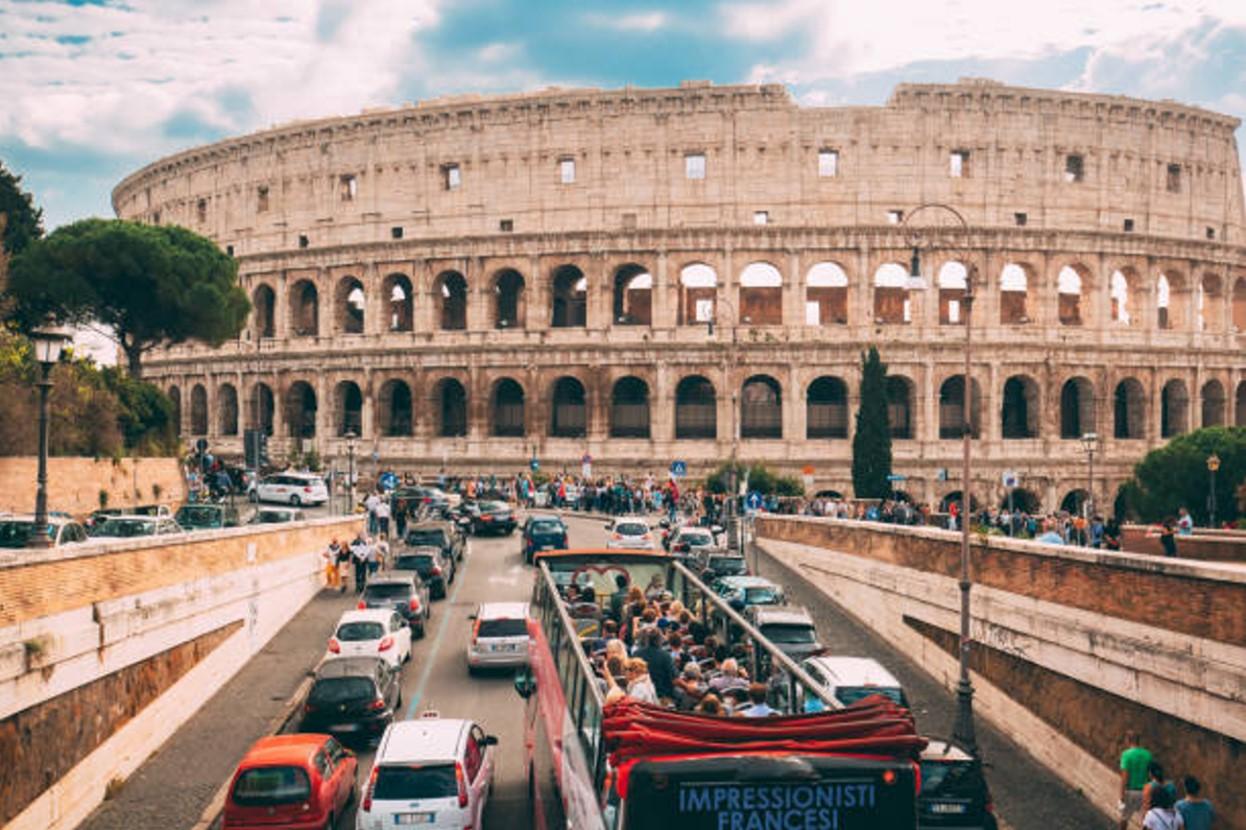
The city is quite concerned about such an immense increase in tourism next year and is already preparing for their arrival. Rome will utilize $4.3 billion in public funds, including $1.4 billion specifically set aside for the Holy Year Jubilee, to get the city in tip-top shape.
However, of the 231 projects the city already has planned to enhance infrastructure, including improvements to public transport, modernizing roads and cutting down on traffic, and telecommunications systems, only two have been completed.
Construction in an Ancient City Is Challenging
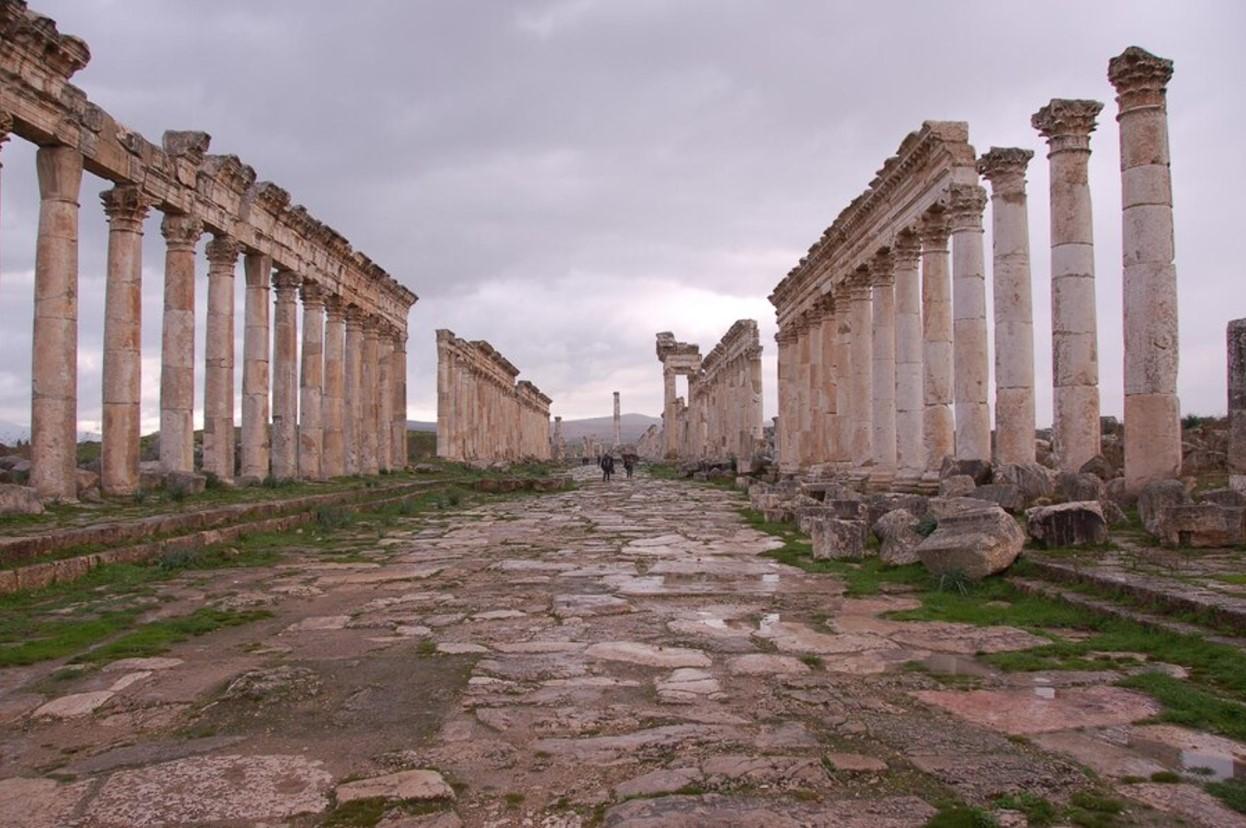
While almost every major metropolis on Earth struggles to raise the necessary funding and find the right time to drastically improve infrastructure, these projects are especially challenging for Rome.
Specifically, the government grapples with any underground construction, which most of these projects require, as Rome has miles of archaeological sites with great historical significance under its streets.
Mayor of Rome Is Confident the City Will Be Ready
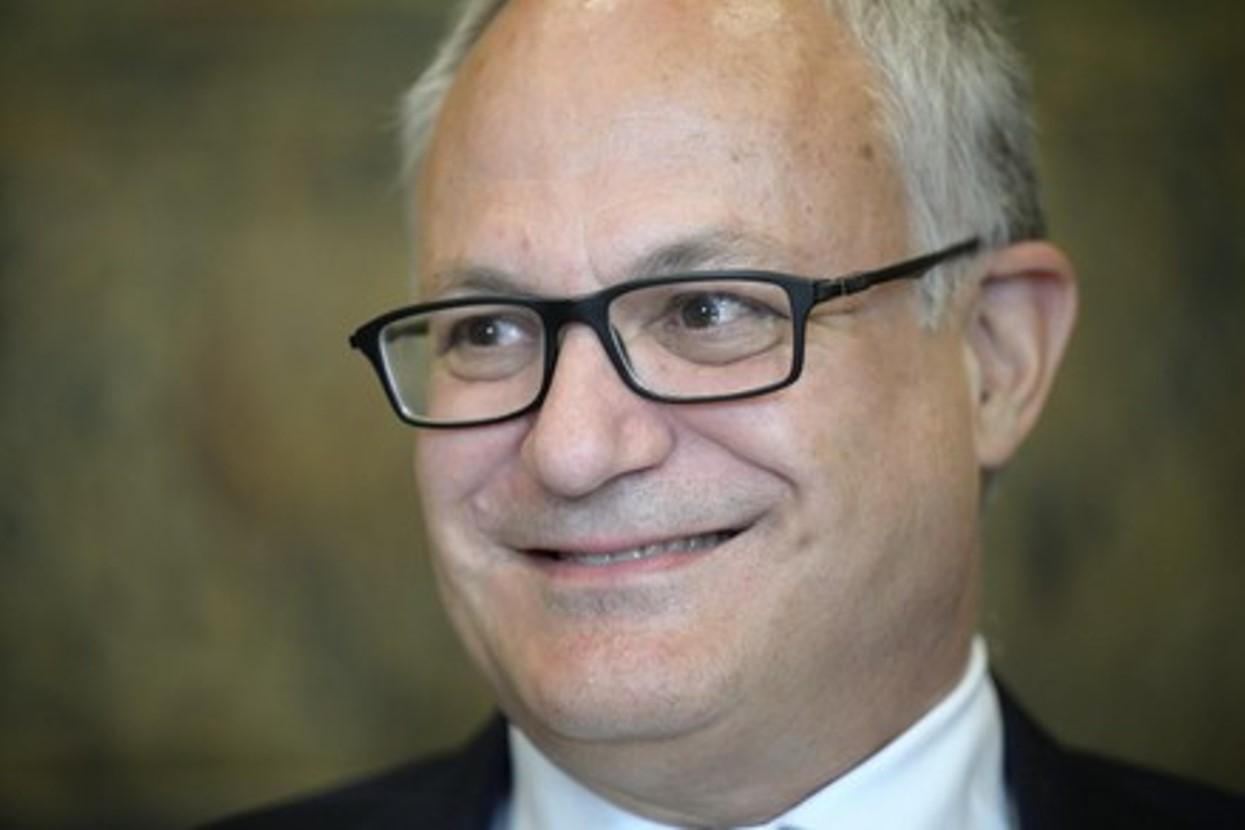
Even though many doubt that Rome will be able to complete the majority of its planned projects by the end of 2024, Rome’s Mayor Roberto Gualtieri is confident that they can.
He told the press that the COVID-19 pandemic and the collapse of Minister Mario Draghi’s government in 2022 set them back a bit. However, Gualtieri said, “We have recovered a lot from the initial delay” and that all “essential projects” will be completed before the Holy Year.
Rome Will Be Busier and More Beautiful in 2025
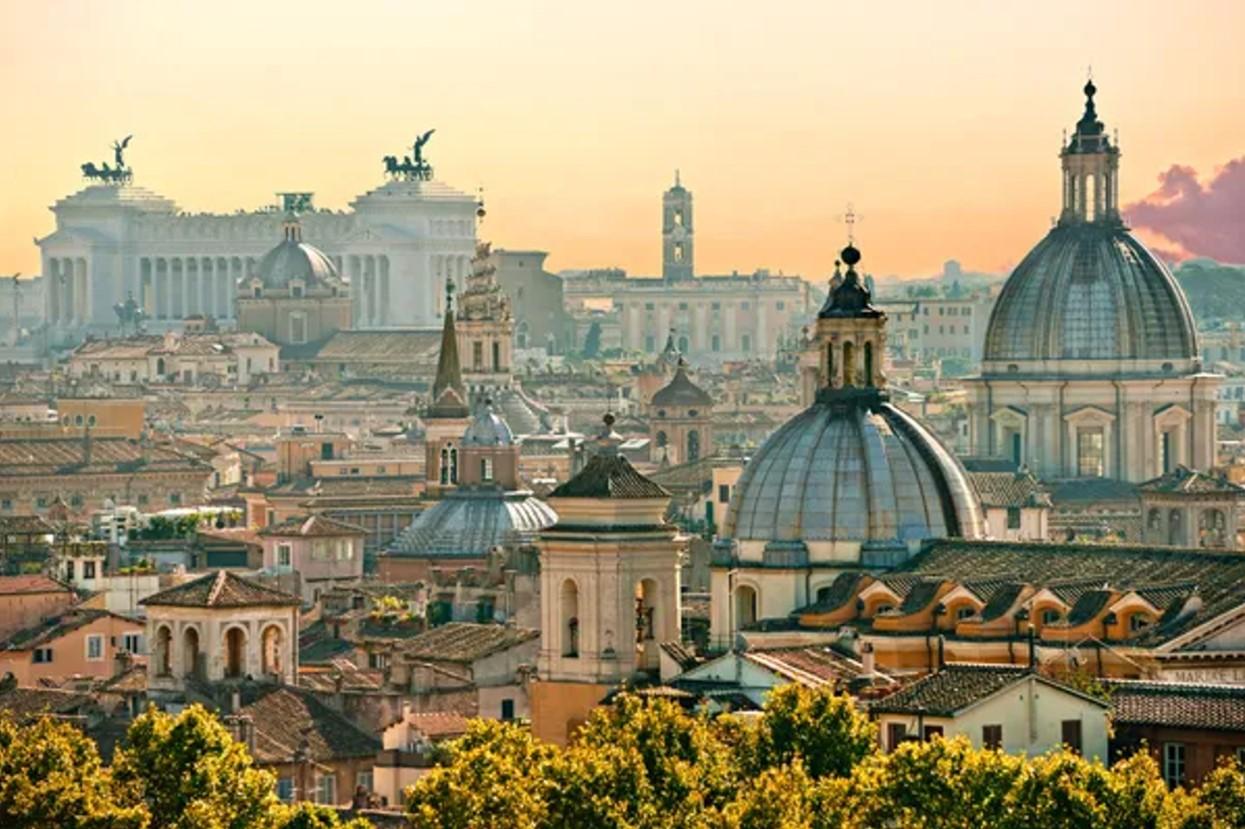
If all goes to plan, the 2025 Holy Year will undoubtedly be one to be remembered, and Rome will be busier and more beautiful than ever before.
Archbishop Rino Fisichella, who was appointed by Pope Francis to plan the Holy Year, explained, “Rome will become an even more beautiful city because it will be ever more at the service of its people, pilgrims and tourists who will come.”

